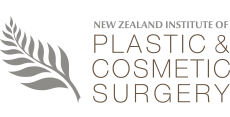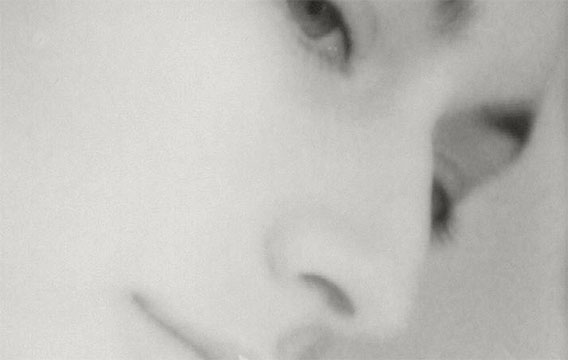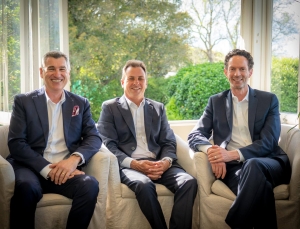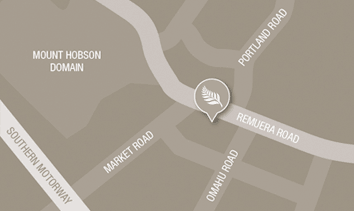Our Plastic Surgeons
Skilled and experienced plastic surgery experts
All four specialists are New Zealand trained plastic and cosmetic surgeons with a vast surgical experience over many years and many thousands of patients.
Frequently Asked Questions
Is a facelift for me?
There is no specific age that is best for facelift surgery although most candidates are in their mid-thirties upwards. There are many factors that determine the overall result, but on average you can expect the positive results of your facelift surgery to last six to ten years on average.
Your appearance will look fresh, with a smoother improved facial contour. And of course it can also work wonders for your self-esteem and confidence.
What are the first steps?
Before meeting with a surgeon, you may want to discuss your expectations and concerns with one of our specialist nurses. She will give you information about this procedure and discuss what is involved in detail including post operative care and recovery. She will show you photographs of patients who have had this surgery to help you understand what can be achieved.
When you meet with your surgeon he will discuss the range of procedures that can be used to achieve optimum result. He also will inform you of the potential risks, complications and side effects associated with these procedures.
Photographs will be taken before and after your surgery to plan the operation and to record your results.
Your surgeon may ask to study photos of you when you were younger. This can be an important aid to surgical planning since each person and each face is unique.
Following the evaluation, a surgical plan will be designed that may include a combination of facial procedures.
What does the facial surgery involve?
While the standard facelift addresses the lower two thirds of the face and upper neck, it is often combined with additional procedures such as eyelid surgery, a forehead or Brow-lift, liplift, suction liposculpture to remove fat (especially in the upper neck), nose reshaping, removal of skin blemishes, dermabrasion or chemical peel treatment of the skin, laser resurfacing and lipostructure (or fat grafting) to areas of facial fat atrophy and hollowing.
Results can also be enhanced and prolonged with the use of dermal fillers and Botox™.
Newer techniques have been developed over recent years to produce a more natural look and avoid excess skin tension. These use similar skin incisions and involve the dissection and tightening of the suspensory supporting soft tissue structure of the face and neck (the SMAS), as well as tightening muscles and their attachments to the bony skeleton. A further advance is the endoscopic brow lift which avoids the traditional long scars of open Brow-lift. Short scar techniques, sometimes known as mini facelifts, S-lifts or MACS lifts are sometimes recommended for younger patients or for those unsuitable for more extensive surgery or requiring a minimum of post operative recovery time.
Fatty tissue, especially in the neck, can be removed through a small transverse incision hidden under the chin, or by suction-assisted liposculpture. (SAL).
Using these techniques, the deeper supporting structures of the face and neck are tightened and the skin is gently redraped to give a natural, fresh, rejuvenated appearance with normal facial expression and a smooth, more youthful jaw line without jowls.
These procedures give a longer lasting result, but require a high degree of specialised surgical skill and are more time demanding. Depending on the individual situation, either a general anaesthetic or sedative anaesthesia is used. The anaesthetist will talk to you prior to the operation and explain what is best.
Simple operations can be done as a day case, but patients usually stay one or two nights in hospital.
What is the recovery process?
After a facelift, it is best to plan about three weeks of time off to recover.
Upon leaving hospital, an appointment will be made for you to visit our office for removal of sutures at about five days. By the end of 12 to 14 days, all sutures or staples will be taken out.
The amount of swelling and bruising varies and is at its maximum in the first 3-4 days, gradually settling over the next 2-3 weeks. Average healing time for skin and soft tissue is about three months, during which time your scars will go through the usual healing processes.
You will have temporary numbness in the cheeks and upper neck immediately after surgery, which returns to normal over 6-8 weeks. Mild to moderate pain experienced in any other parts of the face can be easily relieved by mild analgesics.
Our postoperative nurses will support you after surgery, and a complimentary appointment will be made for you at Prescription Skin Care. Our specialist skincare nurse will advise you on camouflage for bruising, as well as future skincare. She will also liaise with your beauty therapist and hairstylist as appropriate.
Subtle improvements will continue in your appearance over six months to a year. All facelifts can be optimized with minor fine-tuning procedures six months or so later. Very loose necks and cheeks need a second stage procedure after six months to a year to give you an optimum, lasting result.
When can I return to my normal activities?
In the first week after surgery you should restrict your normal activities, increasing these gradually over the following few weeks. At six weeks you should be able to resume a normal routine.
Will people guess I’ve had a facelift?
In the past facelifts often produced an unnatural doll-like appearance, with thickened scars. The modern facelift is tailored to the individual, and although it can accomplish a change in appearance, the end result is a fresh, rejuvenated look that preserves your normal facial expression and those characteristics that are unique to you.
After a week or two chances are people won’t guess that you have had surgery, it’s much more likely that they will tell you how well you look, or ask you if you’ve been on holiday.
How much does a facelift cost?
If you would like to know more about plastic surgery pricing, please view our Pricing page for an indication of what could be expected. You can also request a brochure or contact us for a personal consultation.
Request a complimentary consultation
Meet with our nurses for a complimentary, no obligation cosmetic surgery consultation to discuss procedures, processes and costs




